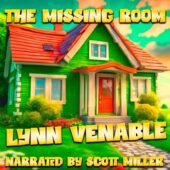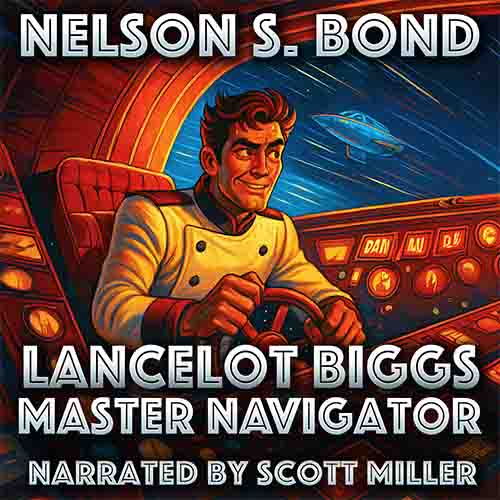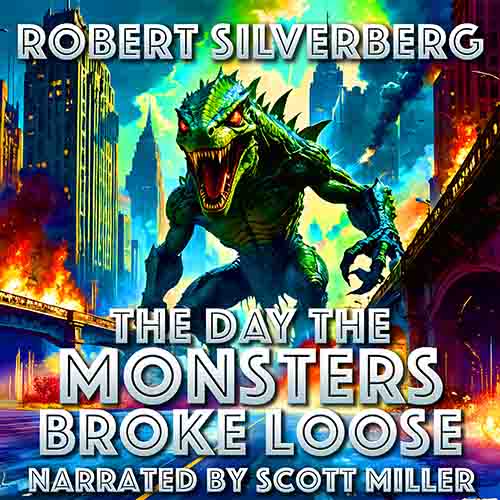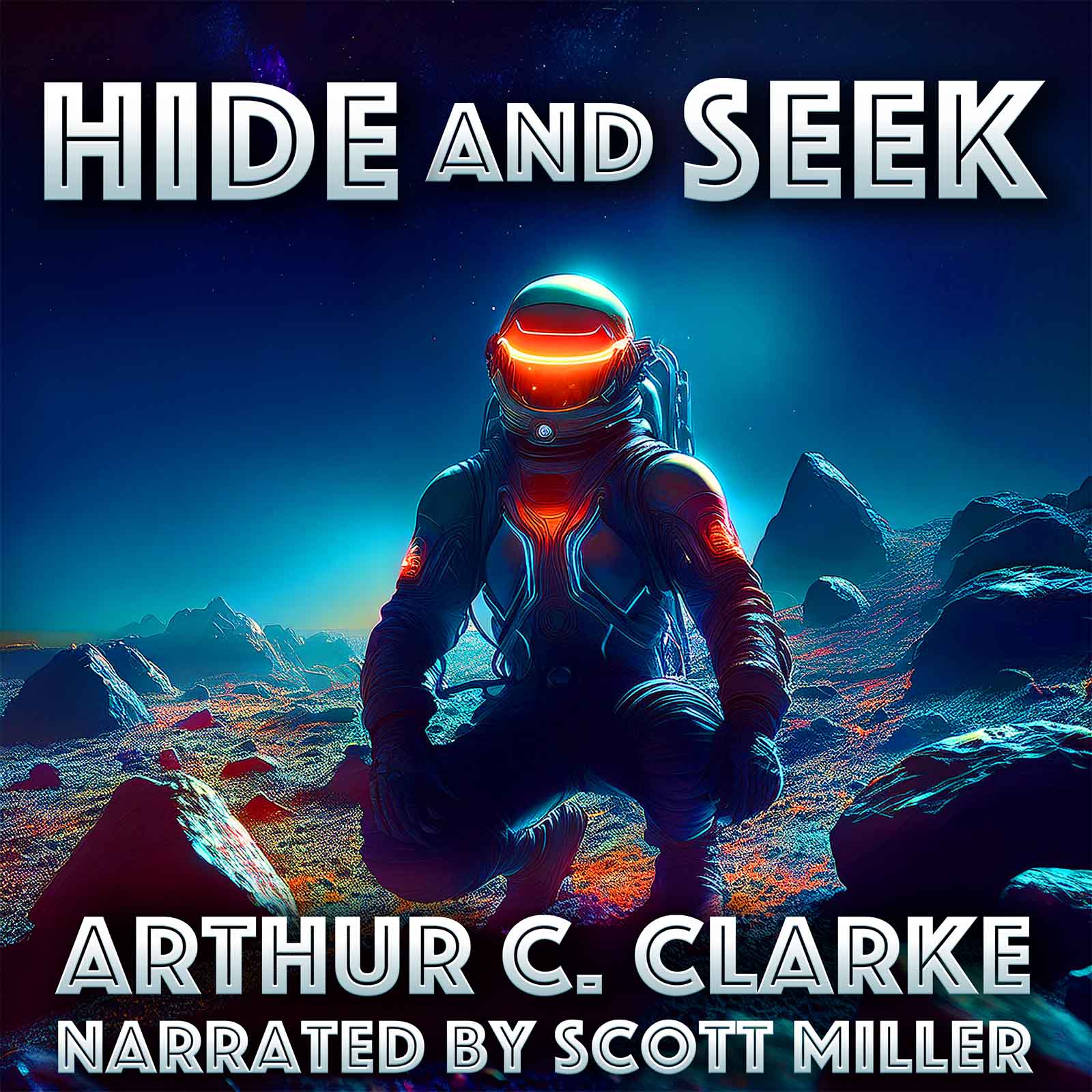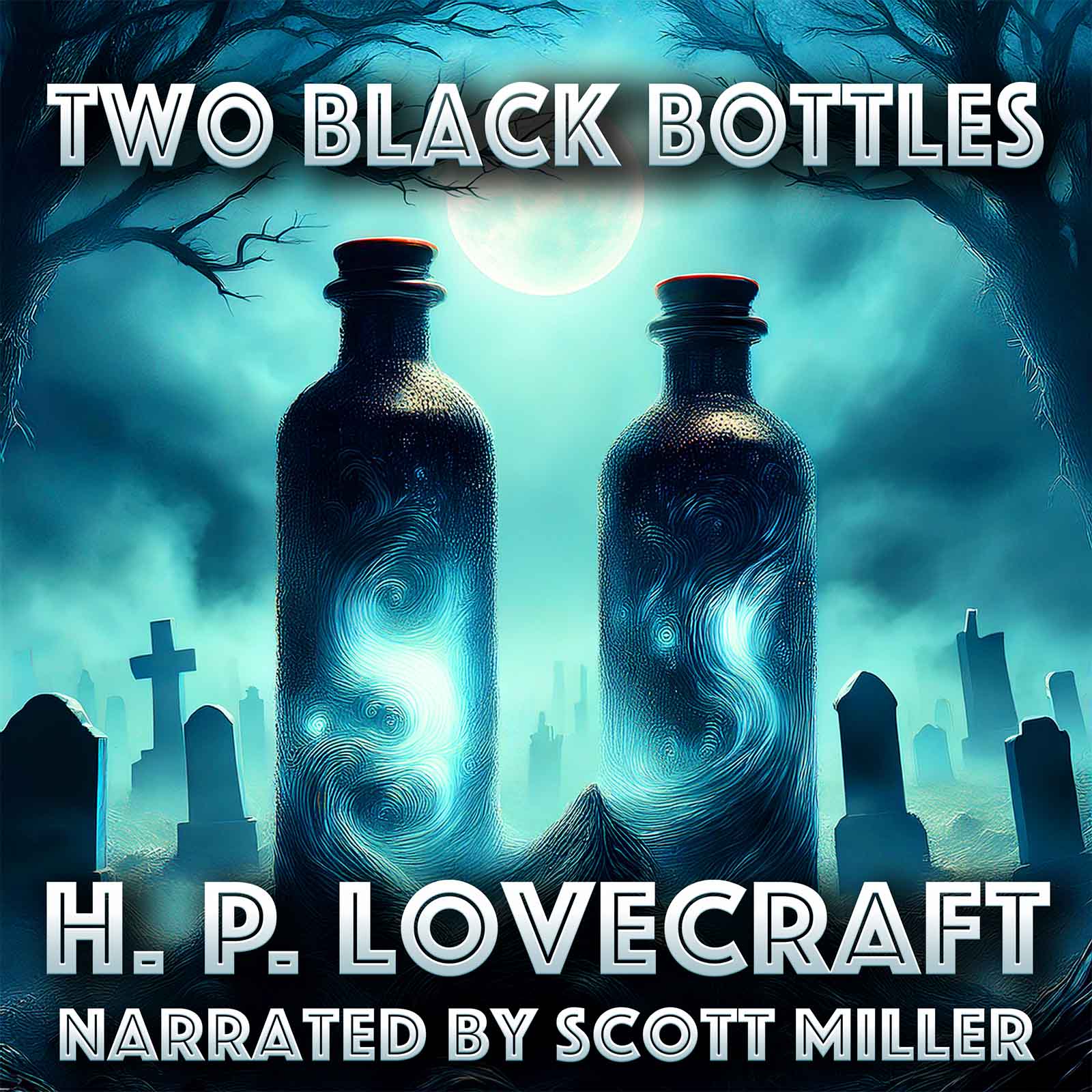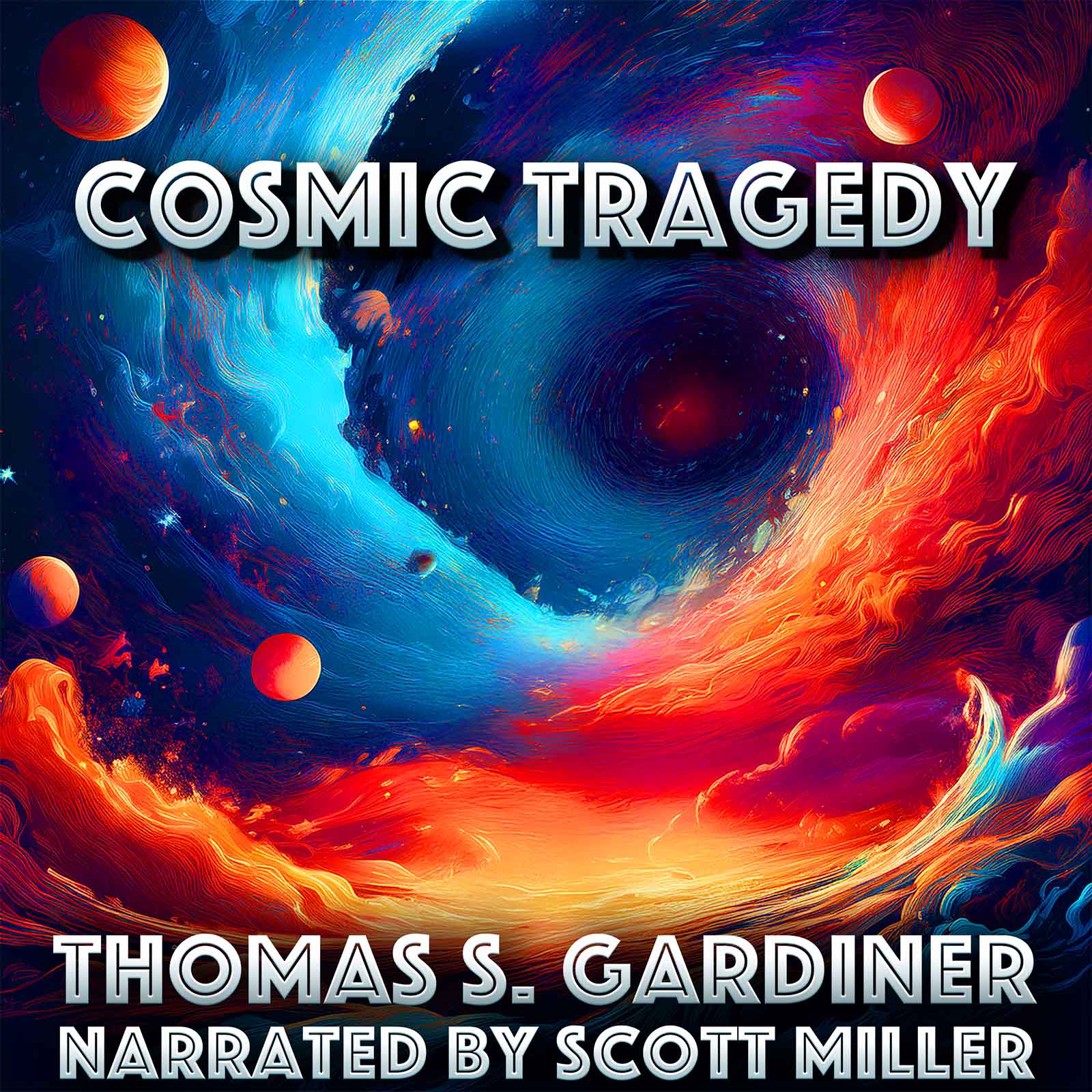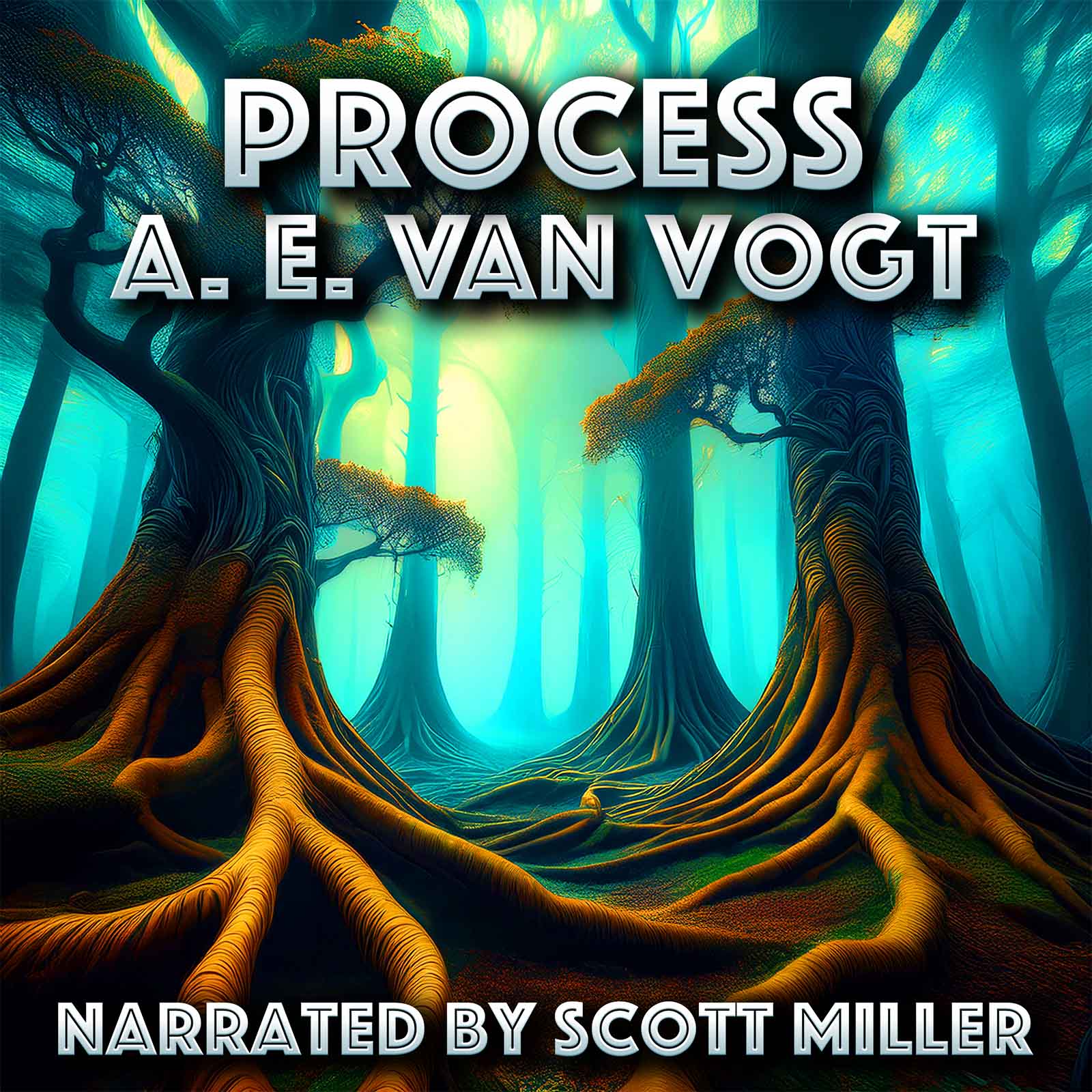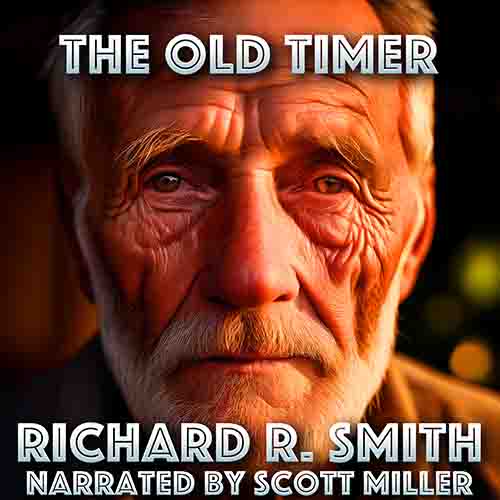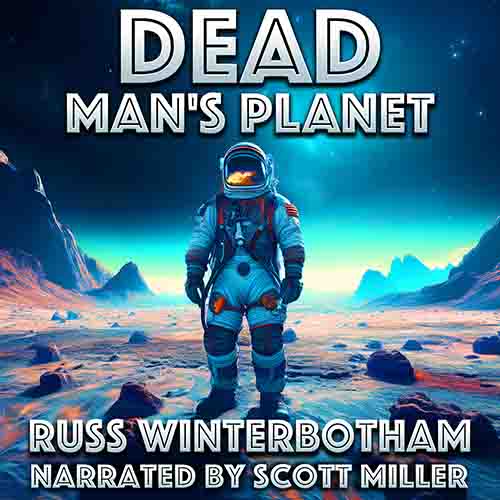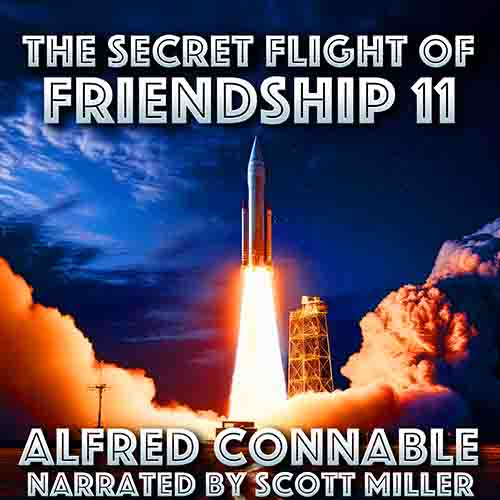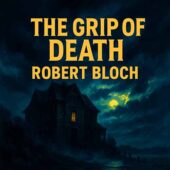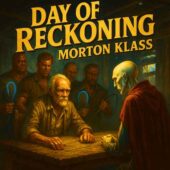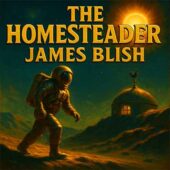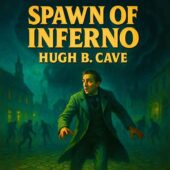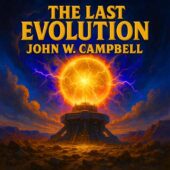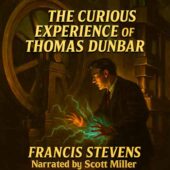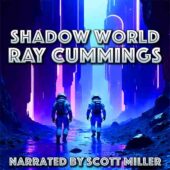Lynn Venable

Biography
Lynn Venable (1927– ) is an American science fiction author best known for her short story “Time Enough at Last” (1953), which became a classic of mid-20th-century science fiction and was immortalized in popular culture through its adaptation on The Twilight Zone. Though her published output in the genre was relatively small, Venable’s work has had an outsized influence, illustrating the power of short-form science fiction to capture human fears, ironies, and desires in compact, unforgettable narratives.
Born in New Jersey, Venable came of age during the Great Depression and World War II, formative years that deeply influenced her writing. The uncertainty of the era, paired with the growing cultural presence of pulp and digest magazines, provided fertile ground for her imagination. By the early 1950s, she was writing science fiction stories that appeared in some of the most important outlets of the time, including Galaxy Science Fiction and If.
Her most famous story, “Time Enough at Last”, first appeared in the January 1953 issue of If. It tells the tale of Henry Bemis, a bookish, nearsighted man who longs for solitude to read without interruption. When a catastrophic event leaves him the sole apparent survivor of a nuclear apocalypse, he finds himself surrounded by the ruined world—but with the freedom to read at last. The story’s ironic ending, in which his glasses break, leaving him unable to read, has become one of the most famous twists in science fiction history.
The tale’s enduring fame owes much to its 1959 adaptation as one of the earliest episodes of Rod Serling’s The Twilight Zone, starring Burgess Meredith. That version, closely following Venable’s original, cemented the story as an iconic piece of Cold War-era science fiction, capturing anxieties about nuclear war, isolation, and the fragility of human hopes. To this day, “Time Enough at Last” remains one of the most recognized and anthologized short stories in science fiction.
While this story remains her best-known work, Venable published several other pieces of speculative fiction that revealed her gift for irony, humor, and social commentary. Stories such as “Punishment Fit the Crime” (1953) and “Homesick” (1952) showcased her ability to explore moral dilemmas and human folly in compact, pointed narratives. Many of her tales leaned toward satire and dark humor, in line with contemporaries like Robert Sheckley and Fredric Brown, though with her own distinctive voice.
Venable’s stories often appeared in digest magazines rather than pulps, which by the 1950s were giving way to more sophisticated explorations of speculative themes. Her fiction frequently reflected the concerns of the time: nuclear annihilation, the fragility of civilization, and the quirks of human nature when placed under extraordinary pressures. Though she never published at the volume of more famous peers, the quality of her best work earned her a place in anthologies of classic short science fiction.
Later in life, Venable largely stepped away from the field, publishing very little after the mid-20th century. She never attempted a major novel, instead leaving behind a concentrated body of short fiction. Her reputation rests primarily on the impact of “Time Enough at Last,” but her other stories reveal a writer capable of sharp satire and emotionally resonant twists.
In the years since, her work has been rediscovered and reappraised, particularly as scholars and fans have sought to highlight women’s contributions to the golden and silver ages of science fiction. Like other women authors of the period—such as Judith Merril, C. L. Moore, and Evelyn E. Smith—Venable brought a distinctive perspective to the field, one that combined social critique with human irony.

